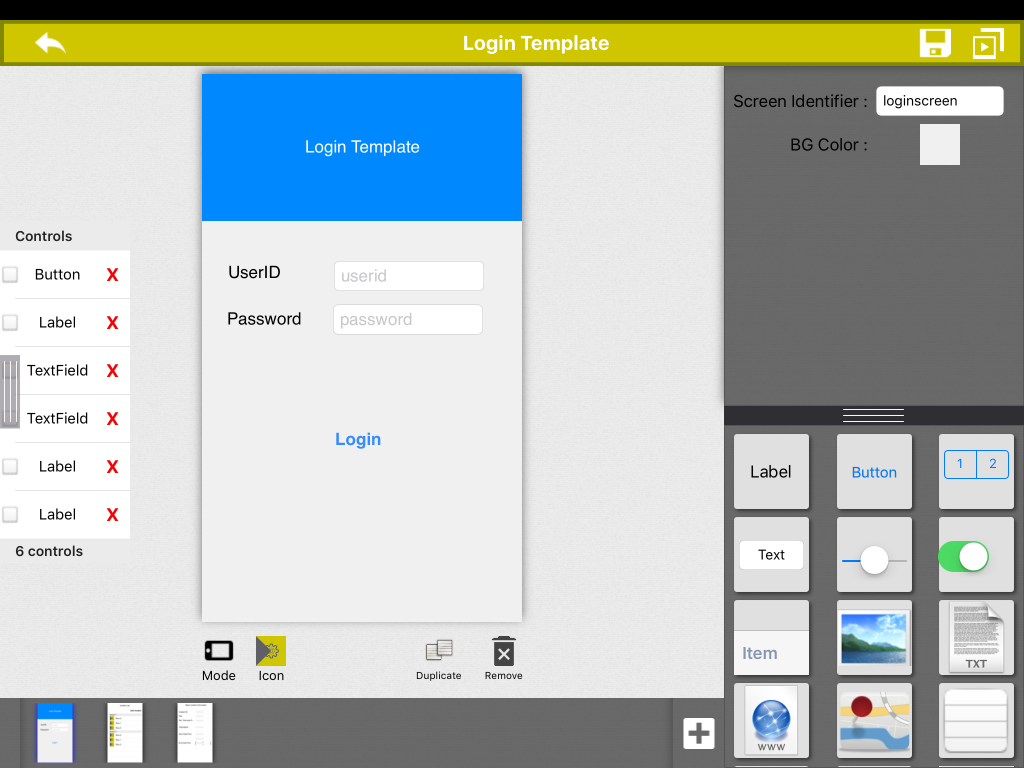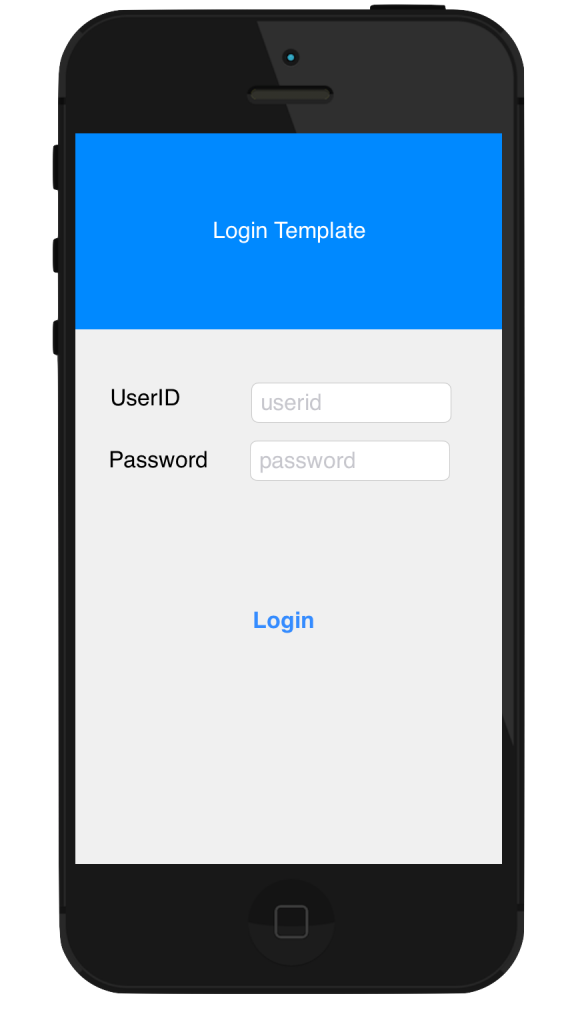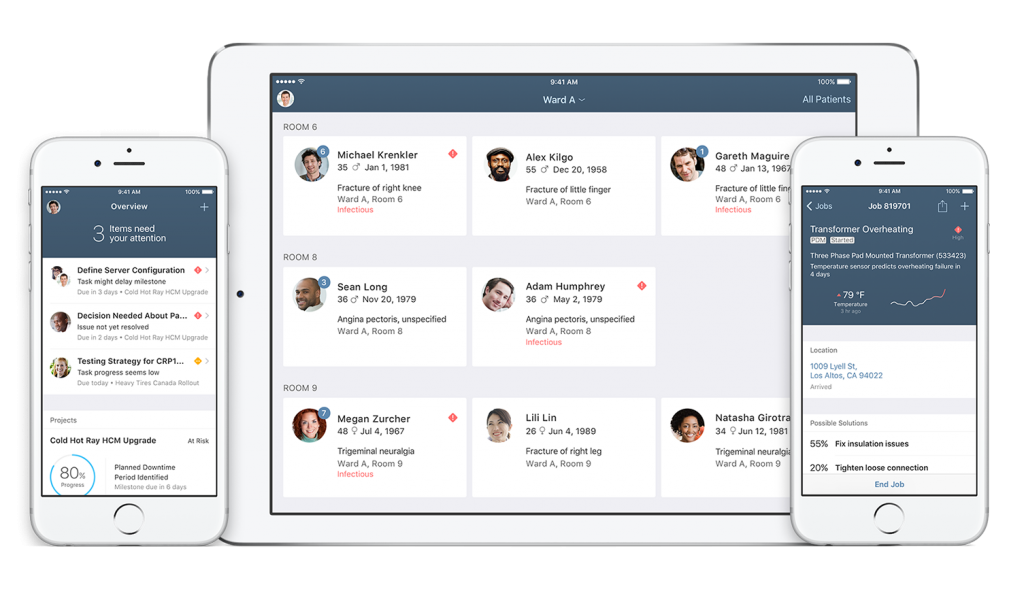SAP is gearing up for its next revolutionary launch with Fiori for iOS, it is planned to be released in first quarter of 2017. The idea started in mid 2016 when SAP CEO Bill McDermott met Apple CEO Tim Cook to collaborate and partner to bring back the Native development back in focus.
How will this help the developer community? SAP and many other large corporation has been focusing on Hybrid platforms in the last 2-3 years, it has yielded in great benefits with cost and maintenance, SAP has their successful Hybrid platform called UI5 with Fiori as a standard, which is bundled with great features and tools. But this does not address the growing demand for complex real world applications and this decision to move back to Native Development is result of that.
https://experience.sap.com/fiori-design-ios/
Fiori for iOS has a great potential to overcome the gaps in the Hybrid development, SAP gave a sneak peek of what to expect in its upcoming release and it looks promising for next generation of Enterprise Applications. Fiori for iOS is not just an iOS application developed with Fiori Standard but it’s an SDK developed by SAP which is bundled with Enhanced UI controls, libraries and tools to seamlessly integrate to the vast world of SAP ecosystem. To what extent the SDK will allow the developer to take advantage we will have to wait for the actual release.
When SAP introduced FIORI guidelines for iOS we were quick in trying to create a standard way of creating iOS applications. In our attempt we created a tool called ‘Appricator’ for iOS to build Standard design guidelines based applications. This tool was aimed at potentially helping developers and non-developers to quickly create a Standard apps for iOS. The attempt was to overcome the limitations of Cordova (this is a framework used to deploy hybrid application in our case UI5 Apps on iOS and Android). Features like offline and hardware functionality was limited in Cordova, the Appricator tried to fill these gaps. This tool came with an add-on called AppPreview, this tool allowed the user to run the design created in ‘Appricator’. The controls defined in UI5 was evolving constantly and Appricator had to adapt with each release, this made the maintenance of the tool inefficient, so the release of SDK by SAP will now avoid this issue and help developers concentrate only on integrating the SDK and use the available controls defined by SAP. This will allow many such teams like us to leverage the benefits of SDK than spending time and resource in building a Fiori guideline tools for creating an iOS native application.


Pic: Appricator and AppPreview
Developers will expect the new SDK to easily adapt to the new UI Controls, as this is a partnership project between apple and SAP will these new controls be part of the Interface Builder as well? It will help developers who are using Storyboards to create their User Interface.
The hybrid model currently used for Fiori allows user to develop the application for all the platforms like Phone, Tablet and Web browser, but this model does not take into consideration that “Smart Phone is not Small PC”. The real world scenarios are complex and user dependent, the common user interface has many limitations to which the user has to adapt, rather than the application adapting to the user needs, one of the main focus in Fiori for iOS is to implement a tailor made application to its user and take advantage of the platform specific features, for example Apple Pay.
The expectation from the developer community is high, some features which we would like expect from this upcoming framework will be,
- User Authentication: This is a major security requirement for any enterprise application, and if the framework has the ability to handle login to the SAP systems without any code by the developer it will be a great start.
- Ability to extend controls: In many cases the existing controls fall short of addressing the requirement, if extension capability are enabled we can reduce the development cost.
- Framework Capabilities: The framework should be bundled with the necessary interface to communicate with the SAP systems.
iOS is the perfect platform to start for SAP, because iOS is secured and robust, most enterprise applications are preferred to be deployed on iOS devices than any other platform, but we do have other devices too so how will SAP address this? Will there also be a “Fiori for Android” or “Fiori for Windows” in the future? Time will tell this.




Leave A Comment
You must be logged in to post a comment.